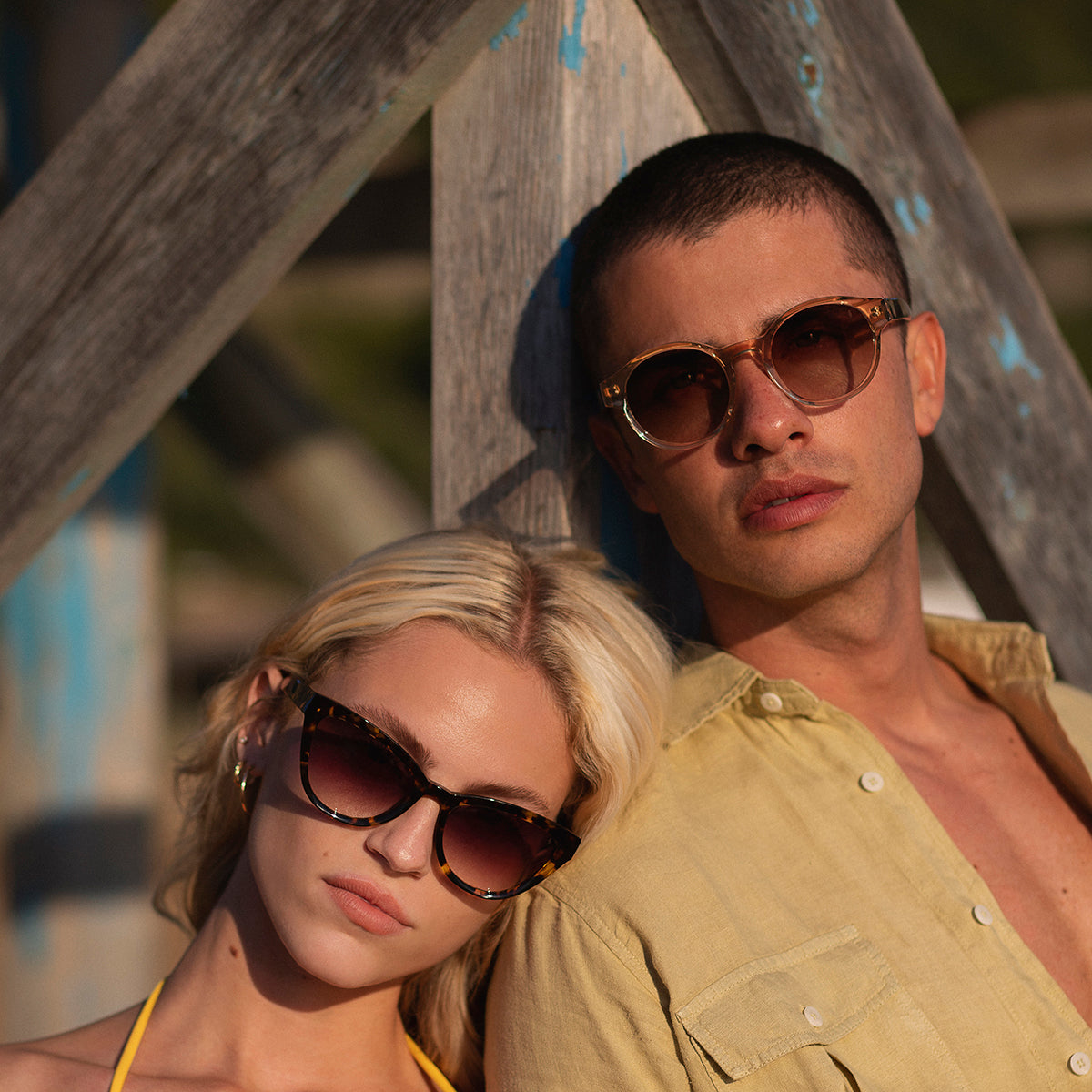Lac Rose: Senegal's
Pink Natural Wonder

There are two naturally pink lakes in the world: Lake Hillier in Australia, and this one – Lake Retba, or Lac Rose as locals know it. This dune-flanked wonder has a very high salt content: around 380 grams/liter compared to the Dead Sea’s 340 grams/liter. The pink hue comes from a single-celled organism – an algae called Dunaliella salina. Green micro algae creates a large amount of beta carotene to absorb the sunlight, which, combined with the lake’s high magnesium chloride concentration, creates the pink pigmentation.



During rainy season the lake’s pink hue is diluted but the water reverts back into its striking rosy color during the dry season.



Nestled between sand dunes and the Pacific Ocean, the 3 square kilometer lake has been a candidate for UNESCO World Heritage status. Bordered with pure white salt deposits along the shore, it’s more than a magnet for tourists. Locals began to collect and harvest salt in the 70s and the salt industry has since flourished. An estimated 5000 people now work there, drawn from across the region, from Senegal, Guinea-Bissau and Mali.




Armed with the most basic of tools, sticks, sieves, buckets and baskets, the workers travel in wooden canoes called “niosse,” and wade for hours at a time in chest-high waters, filling baskets with salt then hauling it into their boats. They leave the lake dormant for six months a year so salt can regenerate, ensuring this natural wonder continues to draw in the crowds, and remain a thriving business.

Photos & text courtesy of Adrian Morris
Adrian Morris (Mowgli) is a photographer who shoots for various editorial and commercial clients. See more of his work at thisismowgli.com. Follow him on Instagram @adrianmowgli.
